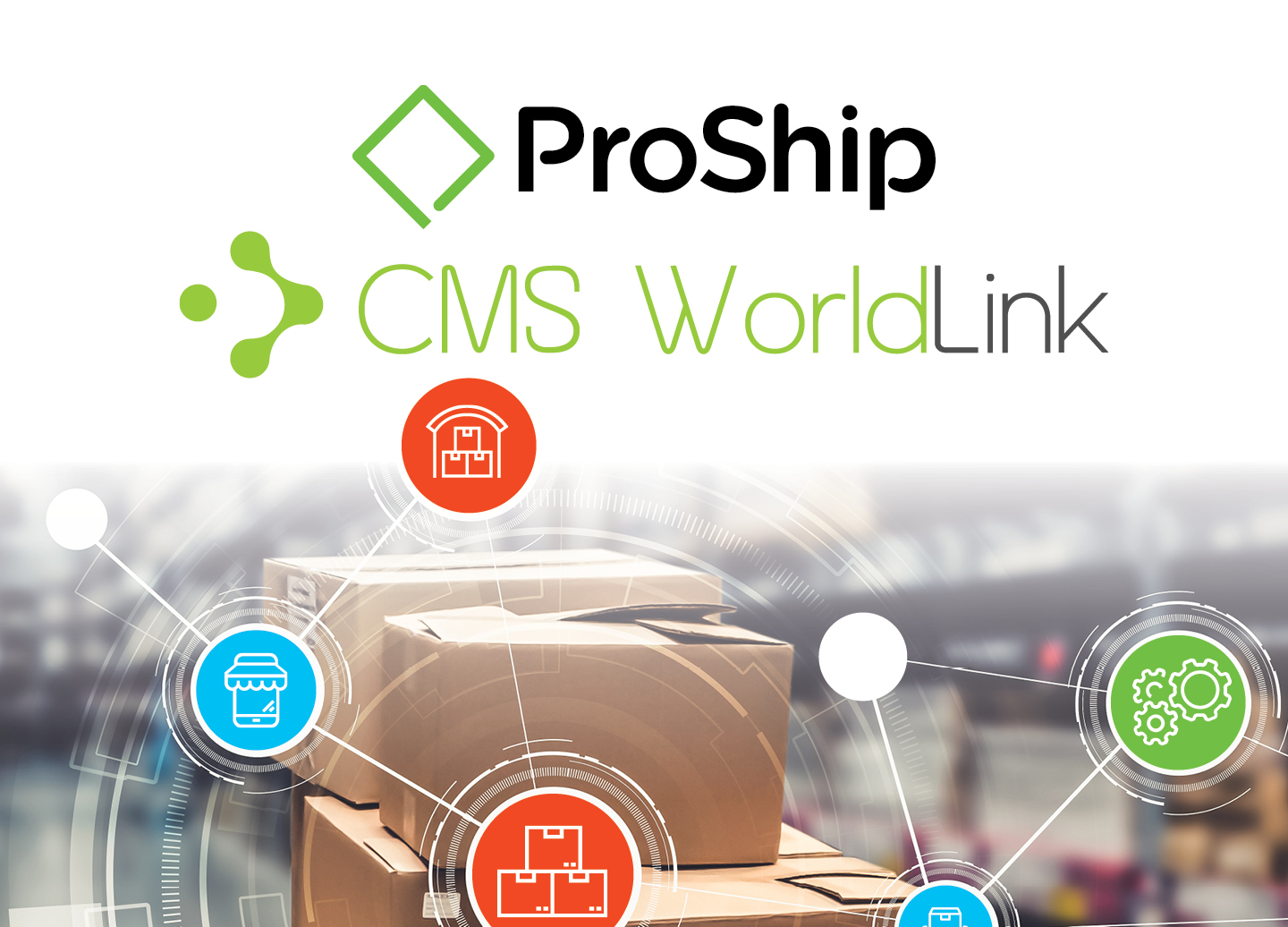Learn how the procurement team can find the best-fit multi-carrier shipping software to drive their supply chain
Procurement professionals have a tough road ahead. They are dealing with a number of macroeconomic factors: from the aftermath of the pandemic to labor shortages, inflation, political conflicts and more – not to mention the risks still looming for supply chain disruption. The “new normal” has shifted how procurement departments should assist their supply chain division – helping to deepen the layers of parcel shipping capabilities by deploying new systems that can tackle the unpredictability still threatening supply chains today.
Procurement is much more complex than just the purchasing of new products – it is a proactive approach that starts with understanding your brand. For the intricate and sophisticated supply chain of an enterprise- level organization, that can be very difficult.
Those looking for a supply chain technology solution that can assist with adjusting to these new evolving circumstances, whether that is related to cost or speed, should look no further than a Multi-Carrier Shipping Software (MCSS).
Let’s look at how procurement professionals can help the supply chain department in implementing a forward-looking strategy for their shipping and logistics program.
Getting Started with Parcel Shipping Software
After identifying a need, to kick off the process of finding a MCSS partner, procurement professionals will need to do their homework. Before meeting with a vendor, they will need to know the following about their supply chain program.
What’s the Problem?
With the help of the logistics team, the procurement professional needs to identify and understand the most impactful pain points in his or her organization’s current shipping system and process. Hint: Narrowing the list down to 3-5 key areas will help you distinguish between different solutions.
Here’s why it matters: A lot of software solutions are extremely similar with only few differences, so having a long list of a “wants and needs” will make it difficult to compare different solutions. By agreeing on 3-5 key features, procurement and logistics teams can focus on getting the key information they need in order to start the decision-making process.
What are the Numbers?
Procurement professionals should have a set budget and timeline before looking for the solution. Hint: Transparency is very important in initial conversations – you can save yourself as well as your prospective software partners valuable time.
Here’s why it matters: Helping the salesman to understand your situation will allow him or her to determine fit, expedite your implementation as necessary, or include a discounted proposal for your specific business needs.
What’s the Bottom Line?
Procurement professionals should know the estimated ROI in implementing the system. Hint:
This number will never be exact, but you should have a ballpark number to be able to demonstrate the impact to other stakeholders, such as C-Suite executives.
Here’s why it matters: There are many different things within a shipping operation that impact ROI, so include all aspects of the process that would be impacted by the solution. For example, ProShip’s Rate Shopping and Advanced Date Shopping capabilities have helped almost 30% of NRF Top 100 brands reduce their shipping costs, but this isn’t the only place that they’ve found an ROI. This doesn’t include benefits to the Customer Experience (CX) because of access to a broader portfolio of shipping carriers and services or the increased carrier compliance factor.
What do we need next?
Procurement professionals should know the current needs and future requirements of the supply chain department to understand if this is the right solution for both the short and long term. Hint: You should know what’s each vendor’s roadmap – no solution is perfect, and the indicator of an innovative partner is growth.
Here’s why it matters: If you plan to keep this solution around for more than a few years (with all this work – you probably do!), a skilled, stable and financially secure partner is more important than ever. Look for a partner that is focused on parcel shipping software and developing their technology in that area. Beware of vendors who support multiple products, because focus and resources can and will drift.
Procurement’s Next Steps
Once you are ready to talk with a shipping software vendor, make sure you have your questions ready. Here are a few you can’t leave out:
- What are the key differences between your product and your competitors?
- How much easier will it make our current processes?
- How will this solution impact lead time?
- For a lot of companies lead time has become the largest bottleneck in their shipping operation so they will pay top dollar to get their product in a timely manner (or at least have a confirmed ETA).
- What are the pricing models?
- What is the integration process and difficulty?
- What resources would I need to allocate to assist in implementing the solution?
- What are the future plans for the software? Are there versions/upgrades?
- What is the support structure? Where is support located?

Transforming your supply chain with ProShip multi-carrier shipping software
Understanding how MCSS can aid in procurement professionals’ quest to help in future-proofing their business’ supply chain program is the final step necessary in challenging the unknowns hanging on the horizon. To learn more about ProShip’s elite Multi-Carrier Shipping Software and how implementing it will transform your supply chain program, contact our team today!

Author Bio
Eric Levine is the Sales Executive for WorldLink, where he works with shippers to implement multi-carrier shipping solutions to solve their business needs. Prior to joining the WorldLink sales team, Eric worked in multiple procurement roles at Shiseido Americas. Eric lives in Jersey City, New Jersey.

 Back to Blog
Back to Blog






